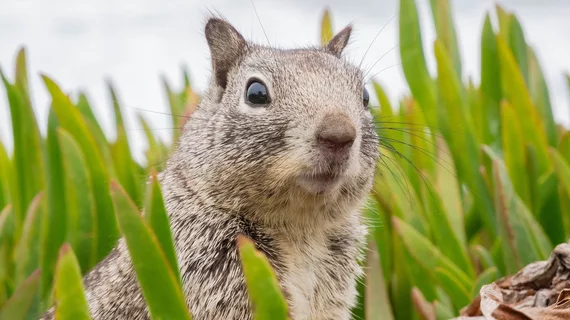Researchers have used explainable AI to break down a hypothetical animal’s foraging behaviors into measurable cognitive dynamics. They hope their success leads to a better understanding of how humans think—or, as the researchers put it, how the “neural substrates of thought” operate.
The work was conducted at Baylor College of Medicine and Rice University, both in Houston, and is described in a study published by Proceedings of the National Academy of Sciences.
Corresponding author Xaq Pitkow, PhD, and colleagues explain how they trained an artificial neural network to complete a simple foraging assignment. The task required the network to integrate evidence acquired along the way while also remembering previous progress and planning subsequent moves.
“Our method successfully recovered the agent’s internal model and subjective preferences and found neural computations consistent with that rational model,” the authors comment in their discussion section.
In a Baylor blog post, science writer Ana María Rodríguez, PhD, writes that the study team used a method of tracing thought processes called inverse rational control. The method entails observing a behavior and inferring beliefs or thoughts that best explain the observed behavior.
“Traditionally, researchers in this field have worked with the idea that animals solve tasks optimally, behaving in a way that maximizes their net benefits,” Rodriguez writes. “But when scientists study animal behavior, they find that this is not always the case.”
To this Pitkow adds that, sometimes, animals have “‘wrong’ beliefs or assumptions about what’s going on in their environment, but still they try to find the best long-term outcomes for their task, given what they believe is going on around them.”
This could account for why animals seem to behave rationally but “suboptimally,” Pitkow says.
The blog post is here, and the challenging study is available in full for free.

